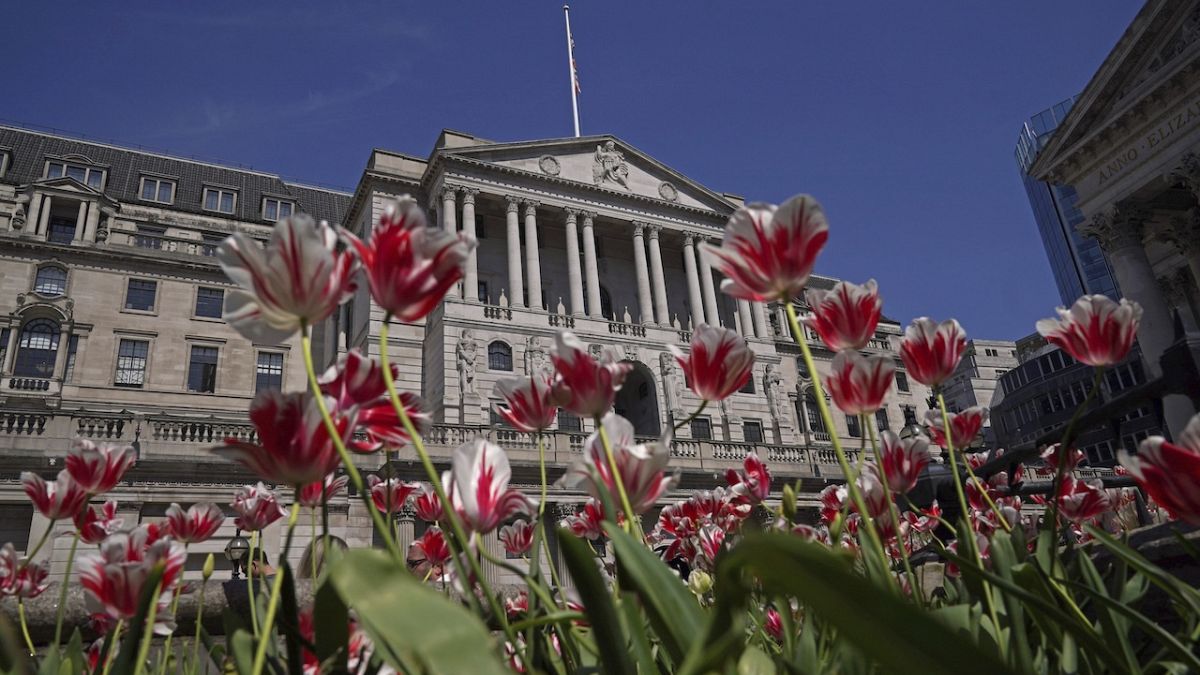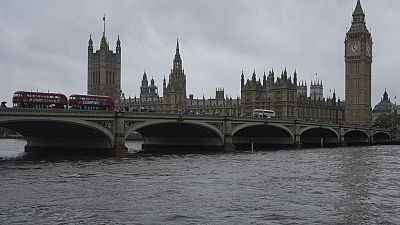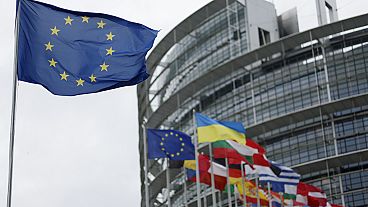The Bank of England maintained interest rates at 5.25%, in a split decision with two members dissenting. Governor Andrew Bailey indicated it's premature to reduce rates. New forecasts project that price pressures will fall below the target within two years.
The Bank of England (BoE) has opted to maintain the bank rate at 5.25% in its May meeting, as expected, underscoring its commitment to maintain a restrictive monetary policy, aimed at anchoring inflation back to its 2% target over the medium term.
In a split decision, Monetary Policy Committee members Swati Dhingra and Dave Ramsden advocated for a reduction of the rate by 0.25 percentage points to 5%, diverging from the majority of seven members. This represents a shift from previous meetings, where typically only one member dissented.
With this decision the cost of borrowing in the United Kingdom remains above the inflation rate by 2 percentage points, as overall price pressures fell to 3.2% year-over-year according to the latest data.
While acknowledging a steady decline in inflation, Bank of England Governor Andrew Bailey remarked, "We are not yet at a point where we can cut the base rate." However, regarding the possibility of a June rate cut, he stated that there are two more inflation prints before that meeting.
BoE raises growth forecasts, reduces inflation estimates
Regarding the economic outlook, the gross domestic product is now expected to grow by 0.4% in the first quarter of 2024 and by 0.2% in the subsequent quarter.
For the whole of 2024, growth is pegged at 0.5%, with expectations of 1% and 1.25% for 2025 and 2026, respectively. These figures reflect a modest uptick from earlier forecasts, indicating a cautious optimism about the UK’s economic recovery trajectory.
However, the Bank also warned of emerging 'economic slack' in 2024 and 2025, a period during which the economy may underperform its potential output. This slack is anticipated as a result of the ongoing restrictive monetary policy, which could dampen economic activity more broadly.
Although labour market conditions have loosened recently, with indicators pointing to easing pay growth, the Bank of England still considers the overall job market tighter than historical norms.
The unemployment rate is forecast to rise slightly from 4.4% in the fourth quarter of 2024 to 4.8% by the end of 2026.
On the price pressures front, the Bank of England highlighted that headline consumer price inflation has continued to fall back, however it also noted that service sector inflation remains high at 6.0% as of March.
“Higher than expected wage and services inflation since February should give us pause for thought, but shouldn't overinterpret,” Governor Andrew Bailey said during the press conference.
Consumer inflation is projected to approach the 2% target in the near term but could edge up later in the year due to the unwinding of energy-related base effects.
Notably, the Bank of England’s new projections now see the annual inflation rate to be 1.9% in two years’ time and 1.6% in three years, thus falling below the 2% target.
Looking forward, the BoE’s future decisions will hinge on incoming data, particularly indicators of inflation persistence and economic resilience.
This includes a close watch on labour market tightness, wage trends, and service price inflation. The central bank remains data-dependent, suggesting that rate adjustments could be on the table should economic conditions shift markedly.
Market reactions: Pound weakens, FTSE 100 rises
The immediate market response to the BoE's decision was a slight weakening of the British pound, with the pound-dollar exchange rate slightly easing to 1.2470 from 1.25. Conversely, the euro gained strength against the pound, rising to 0.8615.
Initial reactions saw the British pound weakening against major currencies, after the BoE decision.
The pound-dollar exchange rate dipped to 1.2450 from nearly 1.25 prior to the BoE, while the euro strengthened to 0.8615 against the pound, up from 0.8590 prior.
The 2-year gilt yield, a bellwether for interest rate expectations, showed a slight decline to 4.29%, indicating rising expectations of a Bank of England rate cut in the near future.
Equities responded positively, with the FTSE 100 index climbing 0.6%, on track to notch its sixth straight session of gains, which would mark the longest streak since late January.
Top daily gainers were BP (1.5%), Reckitt Benckiser (1.4%) and Frasers Group (1.4%), while the laggards were 3i (down 4.1%) and HSBC Holdings (down 3.7%).



